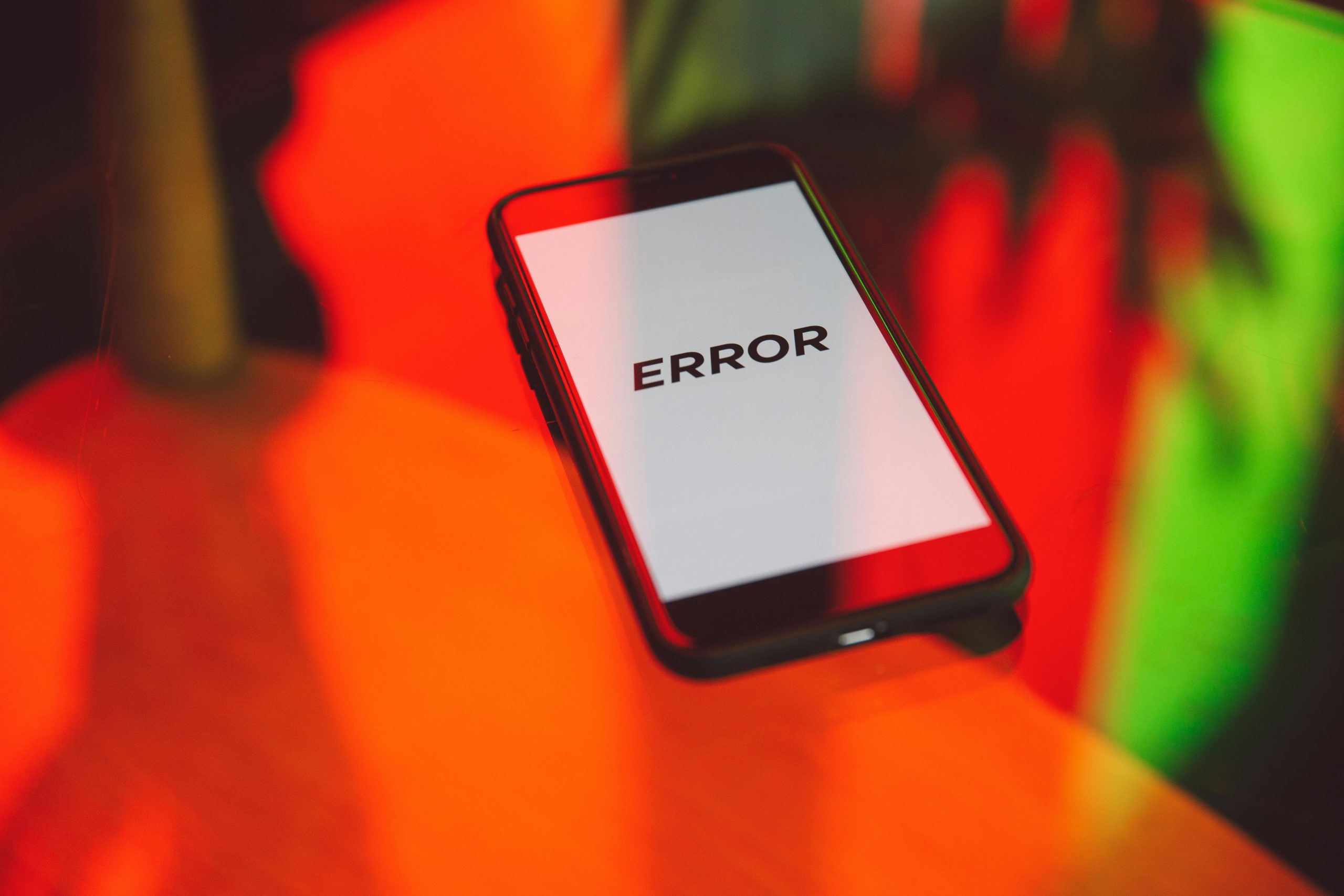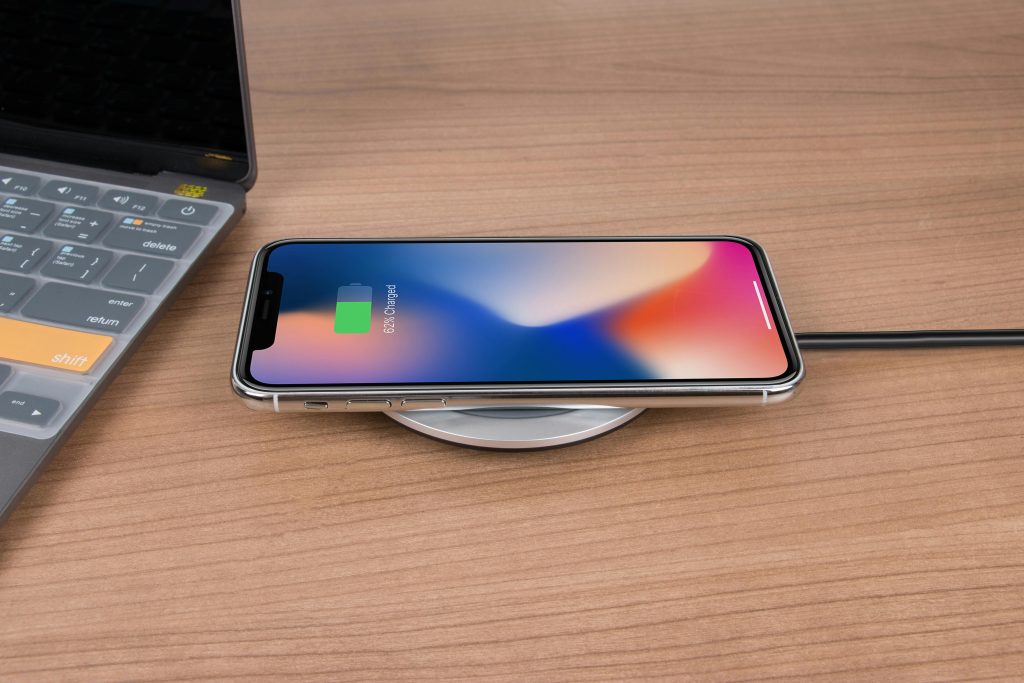Troubleshooting the “Your Device Ran into a Problem and Needs to Restart” Error: What You Need to Know
Encountering unexpected system errors can be frustrating, especially when they disrupt your gaming sessions or work productivity. One common issue many Windows users face is the dreaded blue screen message: “Your device ran into a problem and needs to restart.” This error can be caused by various underlying problems, from hardware malfunctions to software conflicts. In this article, we’ll explore the nature of this error, potential causes, and best practices for resolving it without risking your data.
Understanding the Error
The “Your device ran into a problem and needs to restart” message is a generic Windows crash notification, often associated with a Blue Screen of Death (BSOD). When this occurs, Windows halts all operations to prevent further damage, then automatically attempts to restart.
Common Causes
Several factors can trigger this error:
- Driver Issues: Outdated, corrupted, or incompatible device drivers.
- Hardware Failures: Faulty RAM, hard drives, or other components.
- Software Conflicts: Recently installed programs or updates that interfere with system stability.
- Overheating: Excessive heat can cause hardware to malfunction.
- System File Corruption: Damage to Windows system files impairs normal operations.
Immediate Concerns: Unresponsive Progress and Data Safety
If you notice that your system crashes abruptly during gaming or other tasks, and the progress indicator appears frozen, it can be disconcerting. A key concern is whether forcing a shutdown might jeopardize your files or lead to data corruption.
While pressing and holding the power button to force a shutdown is generally safe in emergency situations, repeated or improper shutdowns can sometimes lead to file corruption. It’s advisable to attempt normal system troubleshooting steps before resorting to force shutdowns.
How to Address the Error Safely
-
Allow the System to Restart Normally
Sometimes, Windows recovers from its crash and offers options such as “Startup Repair” or “Advanced Startup Options.” Follow these prompts for automated troubleshooting. -
Check for Hardware Issues
- Run memory diagnostics using tools like Windows Memory Diagnostic.
-
Test your hard drive for errors with built-in utilities like CHKDSK.
-
Update Drivers and Windows
- Ensure all device drivers are current, especially graphics and chipset drivers.
- Install the latest Windows updates to patch
Share this content:



